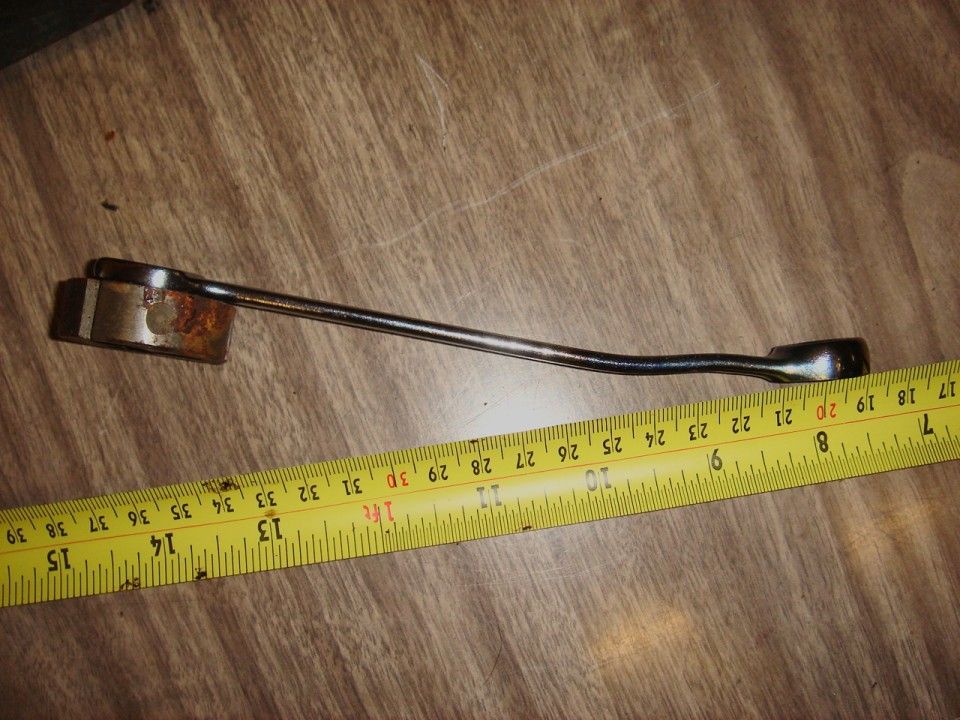I've got myself a Boxford CUD, serial number suggests that it dates from around 1959. I'm not sure if it's had a hard life or if it just hasn't been looked after terribly well. The more I look at it, the more I want to totally strip it down and do a full restoration! Anyway, that's another topic. I've got a lot of questions to ask so I'll start with the ones in the title.
After much searching, and exercising parts of my brain that haven't seen action in a long time, I believe I've answered my first question myself. I wanted to know about finishing feed speeds using the leadscrew on the CUD. The plate on the machine says the finest thread setting is 160tpi. The spec sheet I found on the internet says the CUD is available with 10 feeds (as well as all the screw pitches) from .0063" – .0156". I've assumed that the measurements are distance per spindle revolution and my limited maths says that 160tpi is very close to .0063" per rev. Am I right?
Can the feeds be slowed down any more than this or is this ok for a finishing feed?
Next up, the change gears. This lathe was in a bit of a state when I got it, luckily what looked like a little rust on the bed turned out to be dried on grease and oil so that cleaned up ok. Unfortunately the tooling that came with it was in need of thorough stripping, rust removal and oiling. I cleaned up all the change gears yesterday and logged down all the different ones I got with the machine. I was wondering if anyone can tell me if this is a full set or not. Here goes..
First all the ones with the smaller, keyed bore.
16t (x2), 24t (x2), 32t (x2), 36t (x2), 40t, 44t, 48t (x2), 52t, 54t (x2), 56t (x2), 60t, 80t
The ones with the larger, non keyed bore are.
80t, 54/18t and 72/18t.
Finally, the levelling issue. I tried a little simple turning on a 1" piece of bright mild bar, it's not a proper test I know but I was taking small cuts along the length and then decided to measure it. The end nearest the chuck is coming out smaller by 0.11mm over a distance of around 4". This doesn't sound acceptable to me. My spirit levels are too basic for this sort of job and I'm struggling with what to use as wedges, I don't like the idea of wood as the humidity can be a bit changeable in the workshop.
It's sitting on concrete but the workmanship involved in the floor leaves a lot to be desired. If anyone has any hints or tips on levelling a lathe, I would love to hear them
I'd better stop rambling there, thanks for reading 
Ajohnw.






